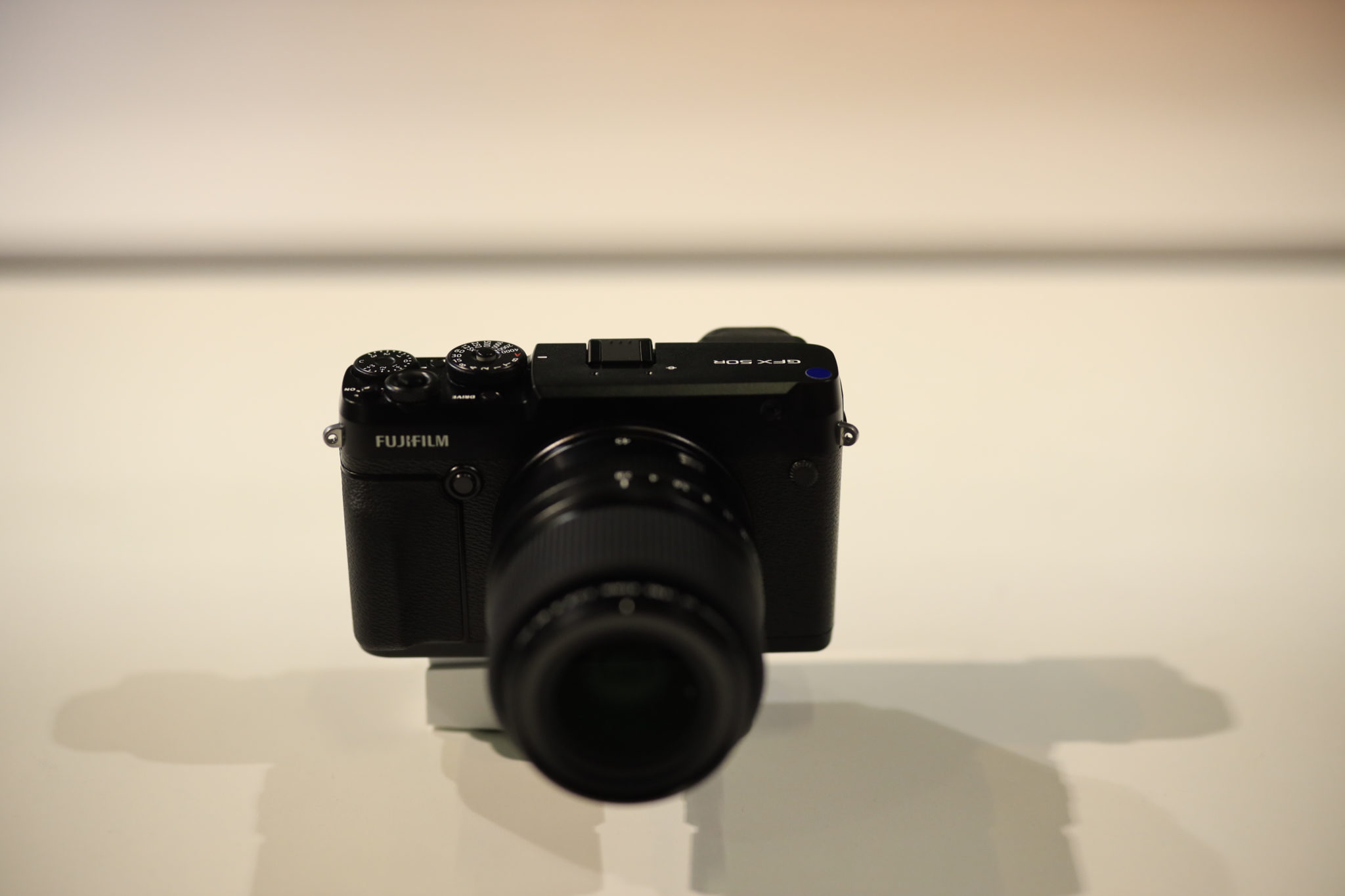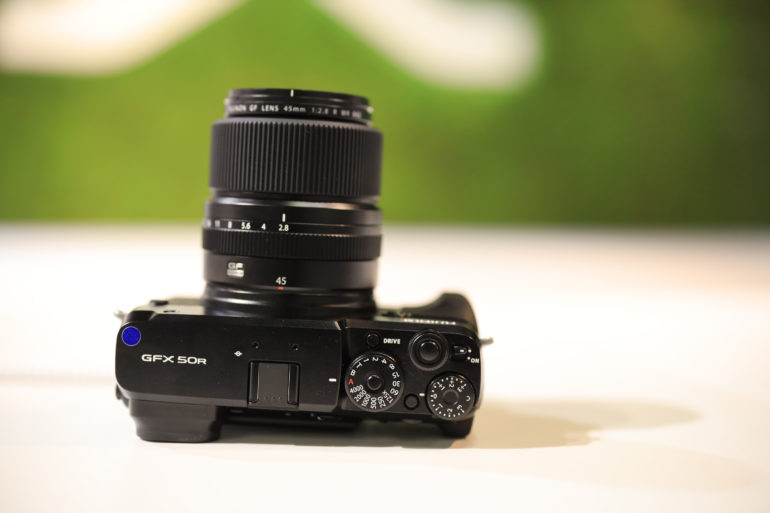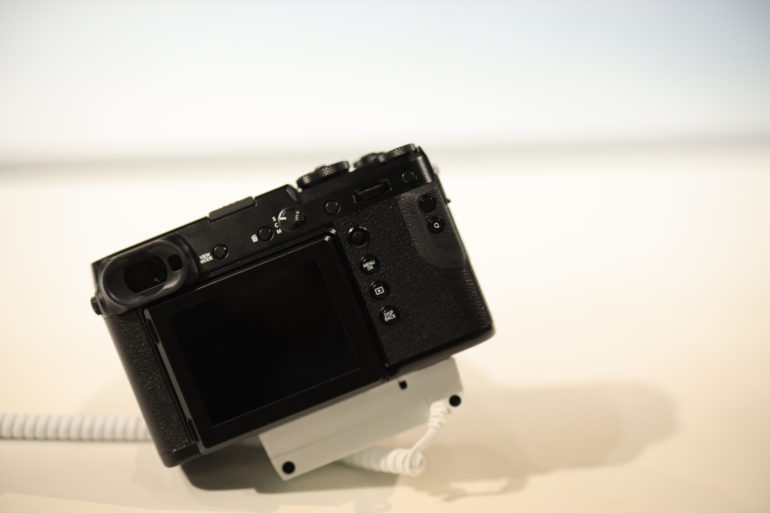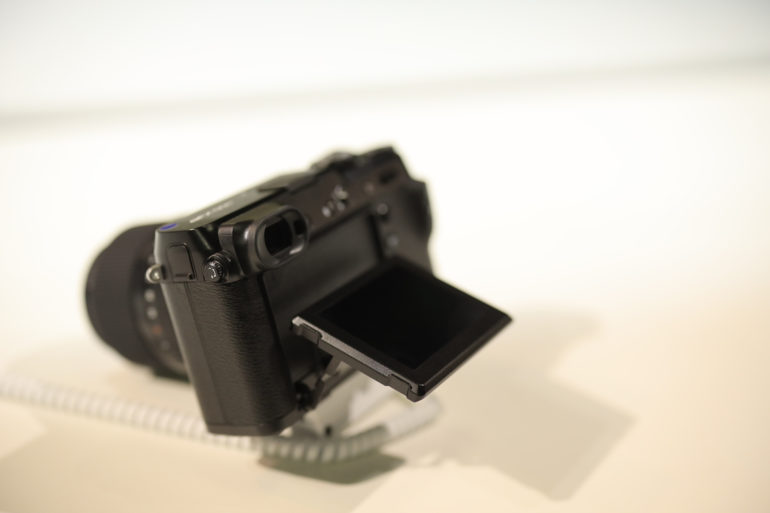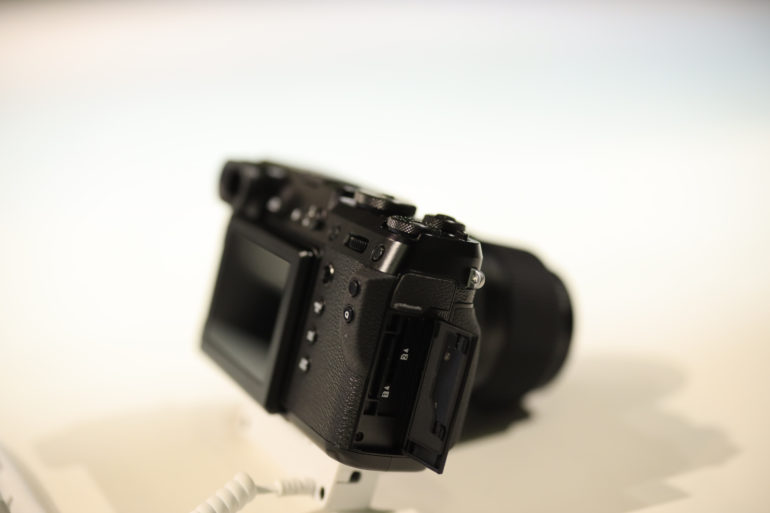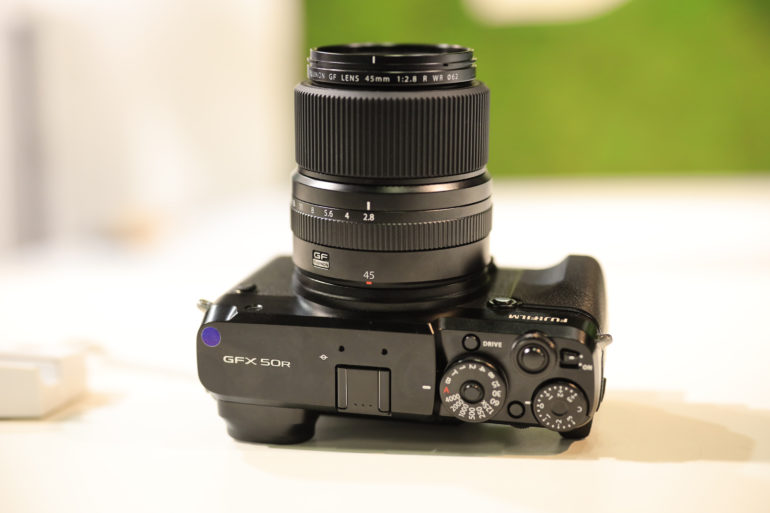Last Updated on 10/10/2018 by Mark Beckenbach
I’ve been waiting so long for Fujifilm to release something like the Fujifilm GFX 50R.
I can’t tell you about all the dreams I’ve had about a camera like the Fujifilm GFX 50R, but I can tell you about how I’m incredibly pleased that it seems to be modeled akin to the Fujifilm GW690 III of many years ago. This camera is Fujifilm’s rangefinder style medium format option; one many of us have been waiting for for some time. It’s design will not only appeal to studio shooters, but also landscape photographers, and even documentary photographers. Part of this comes with the enhanced autofocus system the camera has and the fact that it is highly capable with the right lenses. Though the Fujifilm medium format zoom lenses are nice, I genuinely think the company’s prime lenses are still the strongest offerings despite slower apertures.
Tech Specs
Abridged specs for the Fujifilm GFX 50R taken from their product page
- Rangefinder style
- Compact and lightweight body
- Weather resistant structure
- 43.8×32.9mm 51.4MP CMOS medium format sensor
- X-Processor Pro
- 2.36M-dot touchscreen LCD back panel
- FUJINON GF Lens
Ergonomics
The Fujifilm GFX 50R is a perfect fusion of sorts. If you took the old Texas Leica style cameras like the Fujifilm GW690 III and the X Pro 2 and fused them together, you’d get the Fujifilm GFX 50R. To that end, it maintains the retro, modern style Fujifilm has been embracing since the start of their X series line up. Granted, the GFX 50s didn’t totally do that.
The top of the Fujifilm GFX 50R is a layout that looks very similar to the X Pro 2. Fujifilm chose to remove the stacked ISO/shutter speed dial, but I’m not sure I understand why. That dial was fantastic. Instead, you can put controls around the dial on the shutter release. You also have exposure compensation.
The back of the Fujifilm GFX 50R gives you a number of familiar Fujifilm controls though not necessarily in the same places. The Display button is all the way by the viewfinder, though in use I rarely see anyone needing to fiddle with this.
One of the really clutch features of the Fujifilm GFX 50R is that the LCD screen tilts up and about. It makes a bunch of situations a whole lot easier.
Build Quality
The Fujifilm GFX 50R has a lot of great things going for it. Where the GW690 III feels plasticky and hollow, the Fujifilm GFX 50R feels elegant and full. If you were a fan of the old Texas Leica, then you’re going to understand how the Fujifilm GFX 50R feels like a natural progression forward. It has weather sealing and overall just feels great in the hand. Those who hate rangefinders will love the Fujifilm GFX 50R because the camera itself is the grip. It’s big and beefy. Your hand wraps around at just the right point and it feels wonderful.
If the Fujifilm GW690 III was the Texas Leica, the Fujifilm GFX 50R is the Texas X Pro 2.
Ease of Use
Photographers who have used the Fujifilm menu system and cameras will feel right at home with the Fujifilm GFX 50R. If you’re an X Pro 2 user, then it will feel even more at home with the exception of the placement of the ISO dial. I programmed the dial around the shutter button to control this parameter. I’m sure that most folks will use the EVF despite the OVF on the X Pro 2 being one of its standout, revolutionary features. You’ll get more or less the same experience with the Fujifilm GFX 50R. Even so, if you’re used to using rangefinders, the Fujifilm GFX 50R will be simple to use. If you’re not used to them then you’ll need to rewire your brain a bit. This isn’t because of the Fujifilm GFX 50R but more because of how cameras like this work ergonomically. I’m not sure I’d zone focus with the Fujifilm GFX 50R either as the autofocus is indeed very good.
The killer feature though: Capture One Pro finally supports Fujifilm medium format cameras.
Autofocus
Though I played with a pre-production unit, the Fujifilm GFX 50R felt really snappy with the company’s 63mm f2.8 lens attached. It felt faster than the GFX 50S, and even that camera is fast for a medium format option. It feels almost as fast as the Fujifilm XT2 but not quite as snappy as the XT3. However, I used a pre-production unit on a trade show floor. We have yet to see how the autofocus of the Fujifilm GFX 50R performs in a proper studio situation or in real life shooting situations.
Image Quality
Though we’re told that the Fujifilm GFX 50R has the same sensor as the 50S, we weren’t allowed to put an SD card in the pre-production units.
First Impressions
The Fujifilm GFX 50R seems like a promising and fantastic camera. I genuinely can’t wait for it to come in for review. Right off the top though, I’ll state that I’ve got a few problems:
- Fujifilm genuinely needs faster lenses. This sensor isn’t 645 sized and there is no good reason why we can’t have f1.8 and f1.4 medium format lenses.
- If this sensor were an X Trans 50MP medium format sensor, I’d gladly pay more money.
- The ISO can be programmed to a dial around the shutter button and in my first try with the camera I found it to be a tad too sensitive.
- A hybrid OVF/EVF would have been something even more revolutionary.
If these things were fixed, the Fujifilm GFX 50R would be the world’s most perfect camera and would give Sony a run for their money at the higher end for studio work. As it is, we see medium format becoming more and more of an industry standard.


